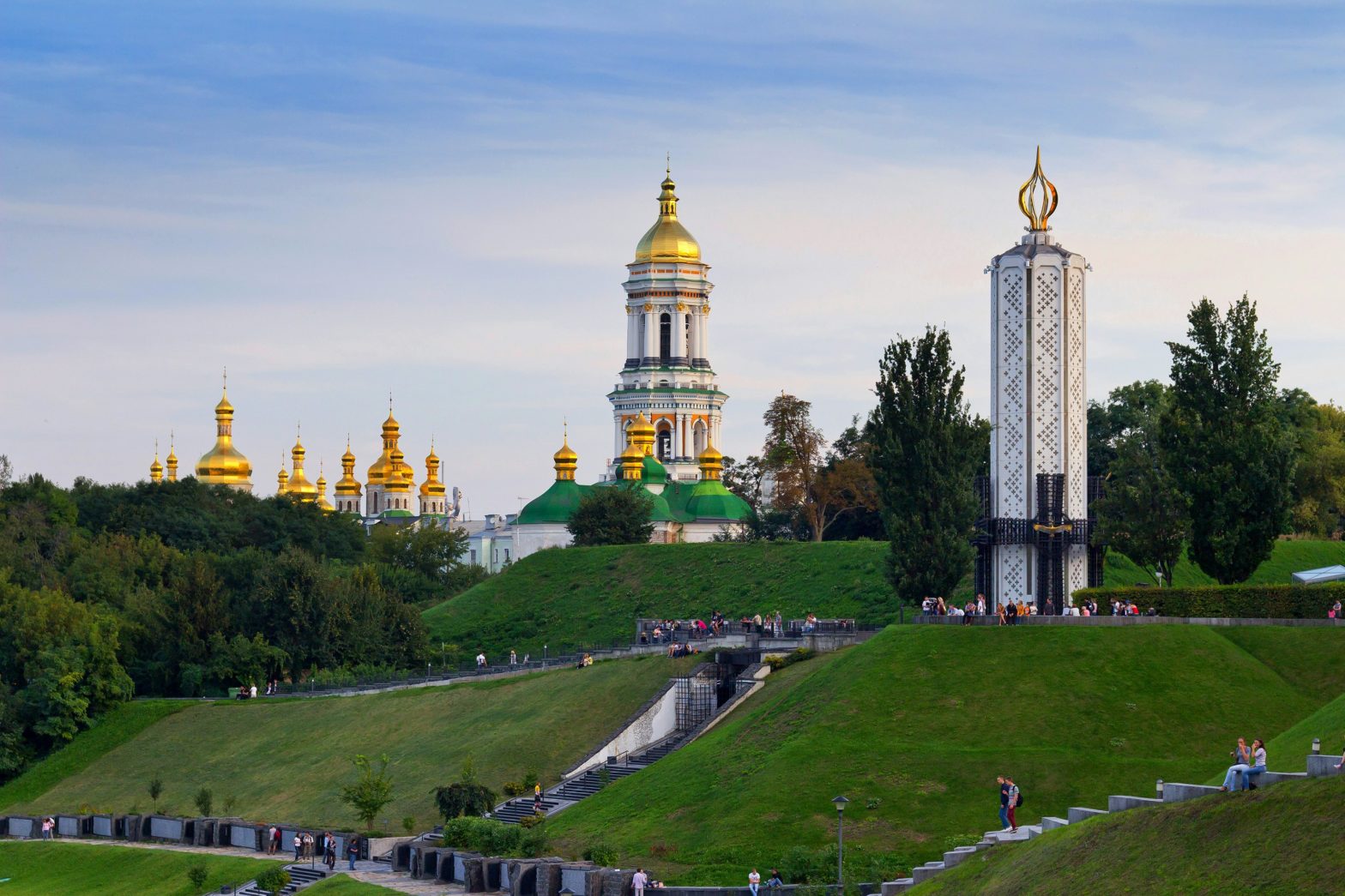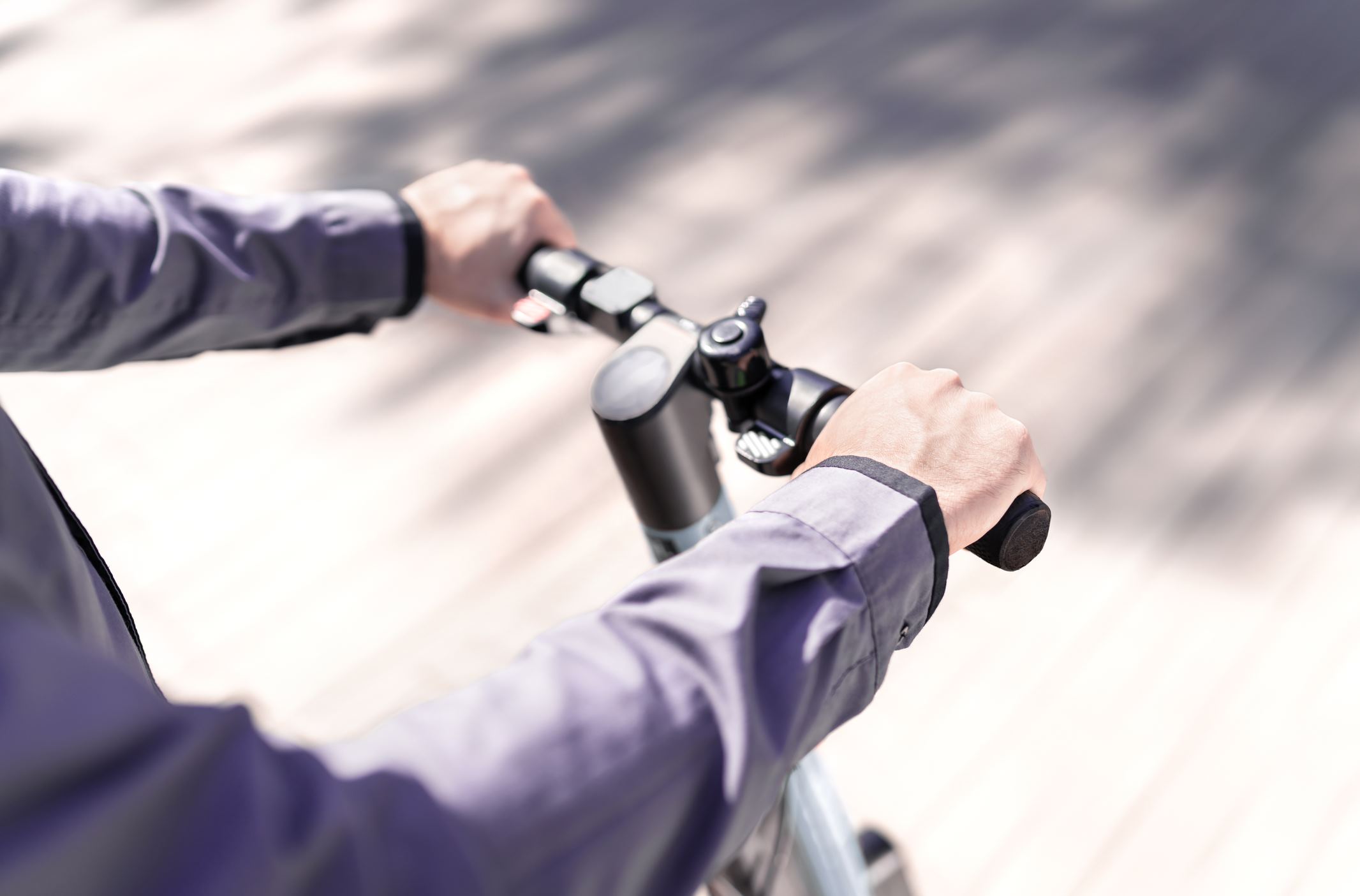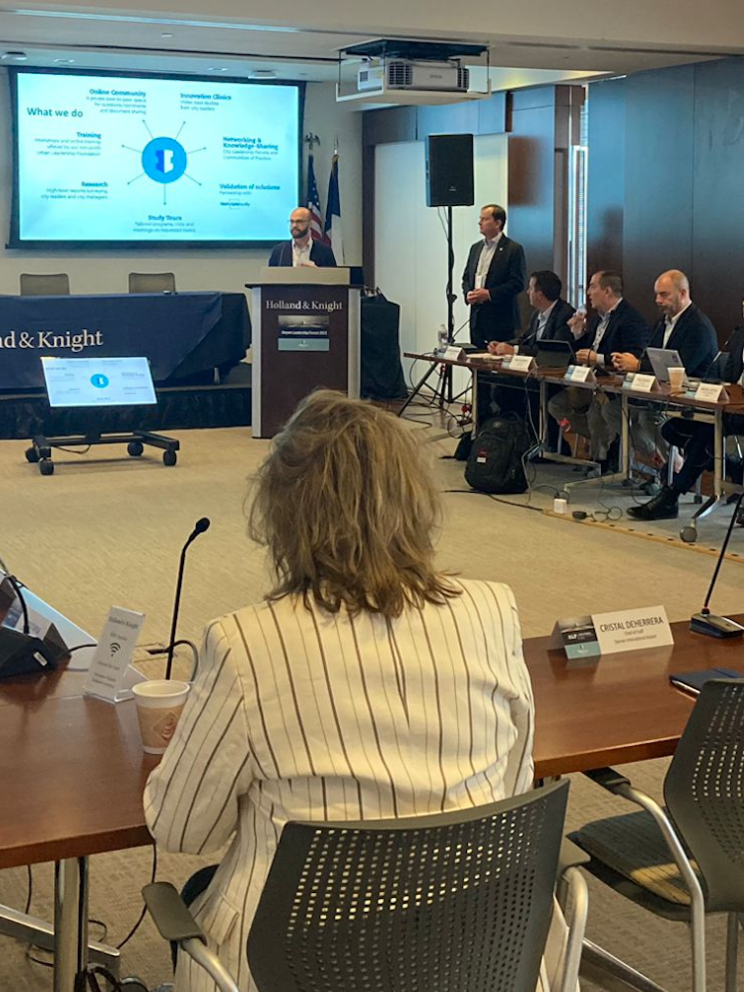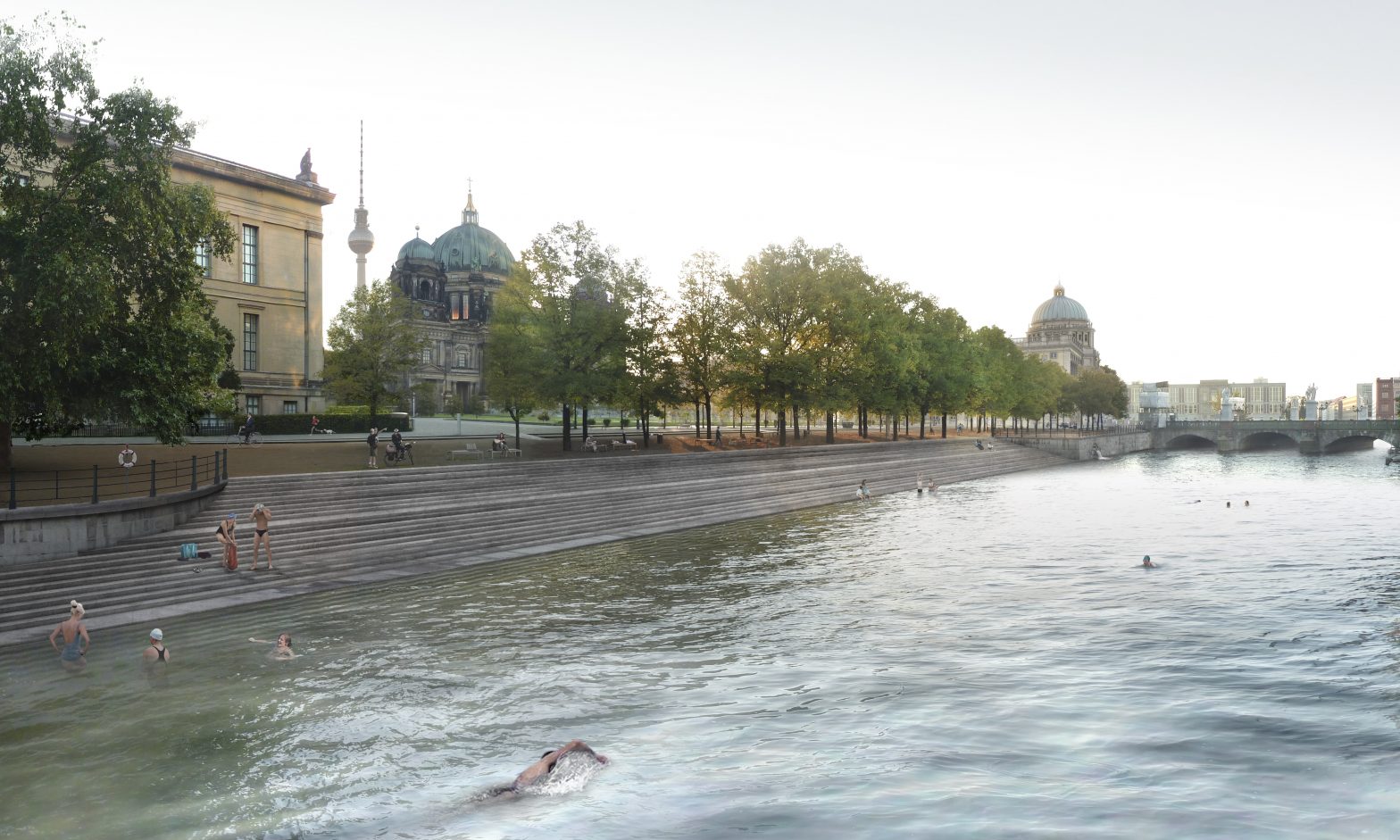
Photo: 151005_Perspektive_Lustgarten_1G
Berlin’s citizens reclaim their river after 100-year ban
02 July 2016
by Jonathan Andrews
The last time swimmers were able to bathe in the River Spree was 1925 when it was closed due to increasing pollution. William Thorpe met a group of Berliners who have gained support from the government to turn a section of the river into a swimming area in time to open in 2025–100 years after the ban
Cities over the world are turning to their rivers to rejuvenate areas and create new public spaces. From Medellin to Seoul, cities have introduced clean-ups and park developments over the past decades that have brought life back to often-dilapidated areas. Some old riverbeds have even been turned into new urban parklands, like in Valencia, Spain which diverted its river around the city in the 1960s.
Yet, Berlin wants to take this further and clean up one section of its river enough to allow public swimming. Although Copenhagen has implemented this in its open water harbour, Berlin will be one of the first to implement this in a big city river.
The Flussbad–or ‘river pool’–idea first came to Jan Edler in the late 1990s. At the time he was running, alongside his brother Tim, an independent art association, Kunst und Technik, and this being Berlin, it was also known for its illegal nightclub. The association was located next to the Spree Canal and Edler discovered that it was no longer in use.
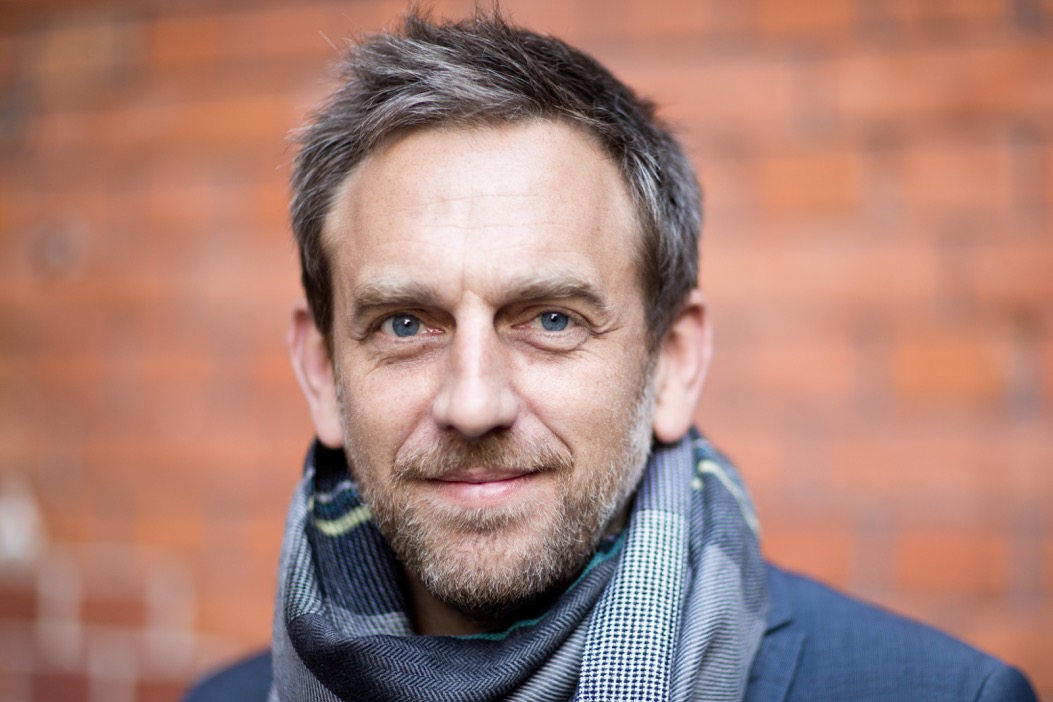
“At the end of the 1990s, you could already tell that Mitte [the centre of Berlin] was going to change quite a bit,” says Edler. “The canal seemed to be the only site that still existed under the radar of those ever-present forces that were snatching up every last piece of empty land.”
Edler is adamant that the core project has always been more about the future of the city centre rather than swimming.
“We didn’t whip out the map and say, ‘Let’s find out where we can swim in this city!’” says Edler. “Berlin had other issues at that time. The city turning towards the Spree as a natural resource wasn’t one yet.”
Three sections make up the project that extends over 1.8 kilometres. It includes a re-naturalised area, a natural plant filtration area where the Spree would be cleaned, and an 840-metre section where visitors would have access for the first time to a river “in line with the principles of ecology”.
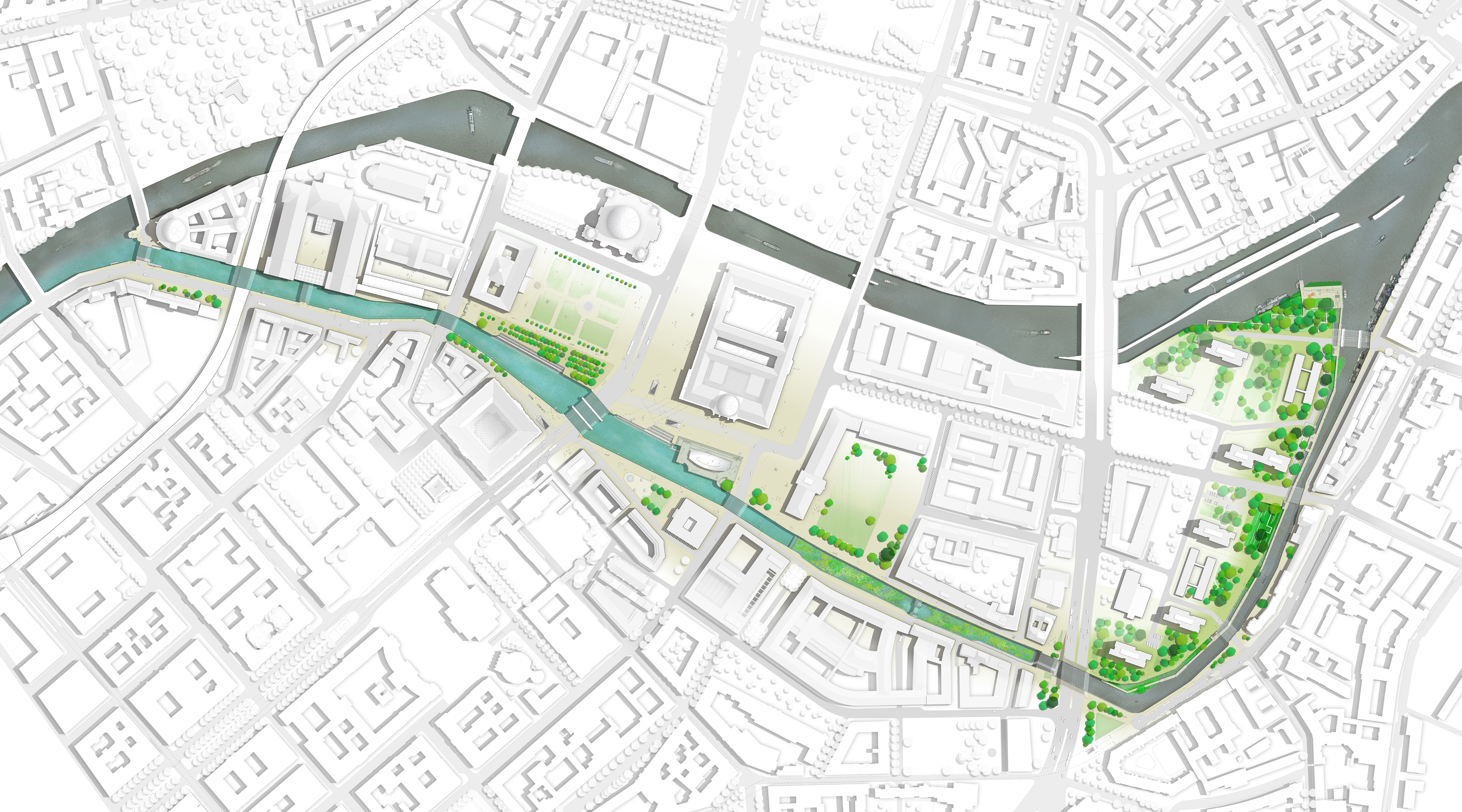
Heritage concerns
The Spree Canal is located alongside Berlin’s historic Museum Island–the oldest site in Berlin. In the late 1990s when the capital of the newly reunified country was moved back to Berlin, the city underwent a building frenzy. Edler says the idea behind most projects was to rejuvenate something old. “Nobody was interested in a pragmatic redefinition of the area,” he says.
Fourteen years after the Edler brothers envisioned the project, support gradually grew to form a non- profit association that counted 15 people. Today, the organisation has 700 members and has received combined funding of €4 million and backing from the federal and city governments.
Funding from the German Lotto Foundation enabled the project to undertake a basic feasibility study with regard to water quality and flood protection. The positive findings were published in October 2015.
“There are two important criteria when it comes to selecting projects to be given funding, and these are their innovative potential and the participation of local people,” says Martin Pallgen, spokesman from the Berlin Senate, or city government. “The project is not just about cleaning the water in the Spree Canal and keeping it clean. It also intends to improve the canal as a place to use and enjoy by creating points of access to the water and, therefore, more public space.”
Where this public space is located has caused some concern to residents. Some fear that the historic–and UNESCO protected–Museum Island might turn it into a ‘fun park’, pitting ‘high’ and popular culture on a crash course.
“The visual integrity of Museum Island and the streetscape of Berlin is characterised by water,” adds Pallgen. “Residents have expressed concern that the character of the world cultural heritage site and the historic dignity of Museum Island are being ignored and that there could be conflicts of interest between bathers, museum visitors and tourists interested in culture.”
Edler is busy getting the word out to those residents that the project is merely making a natural resource accessible and useable again and has commissioned specialists to record and evaluate the site’s historical layers including all heritage elements.
“The communication process helps a lot,” he says. “A lot of those opposing the project lose their fears once they have understood the project details.”
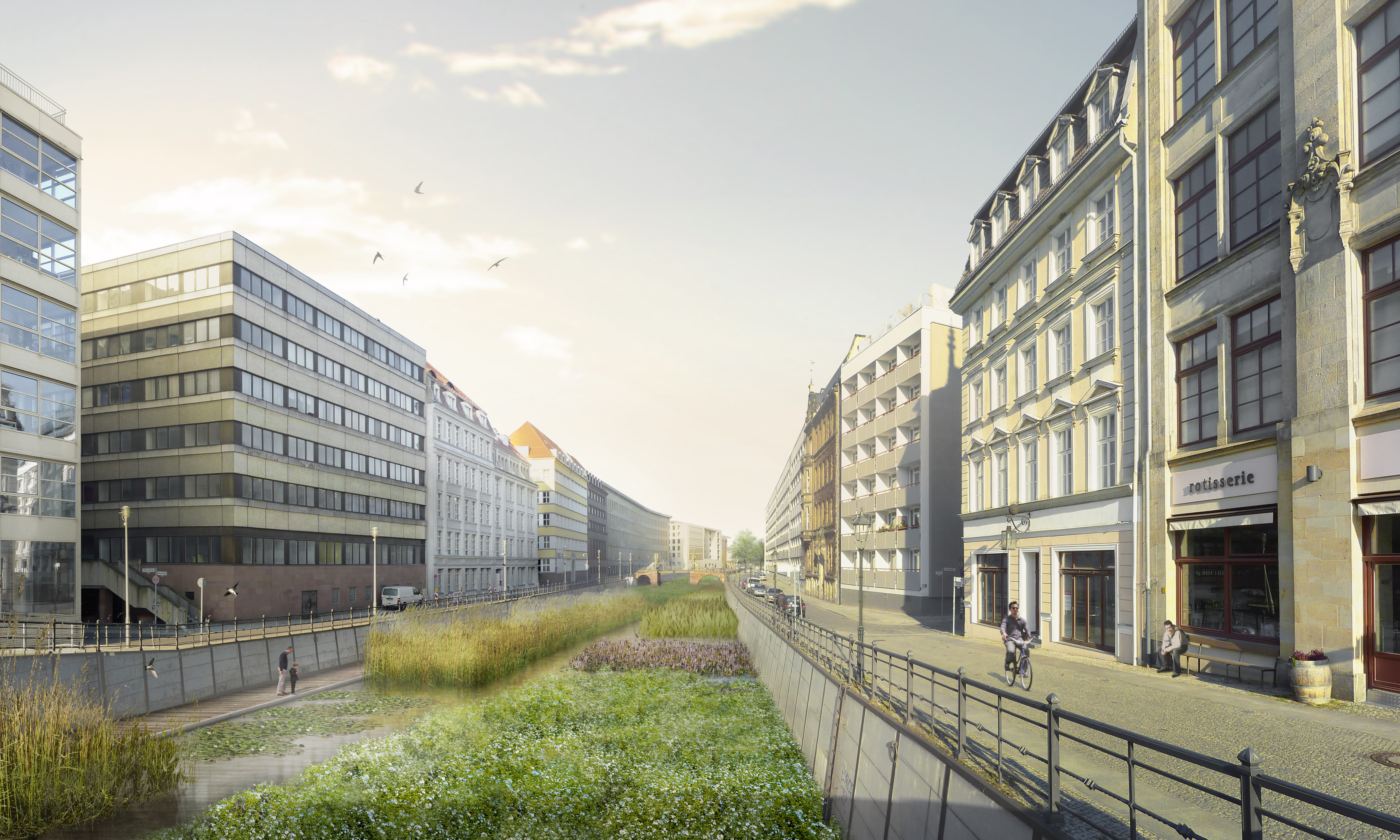
Keeping the canal clean
Although the river’s quality has improved significantly over the past decades, the Spree is still not pollution free.
“The Spree doesn’t necessarily arrive in Berlin in pristine condition,” explains Professor Heiko Sieker, Civil Engineer, Hydrologist and Honorary Professor at the Technical University, Berlin. “First of all there are sulphates from brown-coal mining in the Lausitz region. Add to that, pesticides and fertilisers originating from agriculture and waste residues from cities and villages in Saxony and Brandenburg.”
According to Sieker, on top of all this is the amount of rubbish and wastewater that enters the river in Berlin.
“When you talk to the water maintenance people it’s amazing to hear what they fish out of the river: sofas, shopping carts, even 30 bikes,” he adds.
Despite this, wastewater is still the biggest factor in the Spree, including everything that is flushed into the river by rain which can include anything from heavy metals, brake lining abrasions, oil residues, cigarette butts, and detergents.
“Let’s not forget dog droppings,” says Sieker. “ This is a massive issue in Berlin–50 tonnes every day. It’s hard to imagine.”
Like many cities Berlin uses a waterborne sanitation system whereby wastewater and rainwater flow via the sewage system into the closest body of water–in this case the Spree.
“The biggest problem is caused by the combined system, especially when it rains; the pipelines over flow and lead untreated water via large drains into the Spree,” says Sieker. “This is done deliberately because the treatment plant would not be able to process such a large amount of water.”
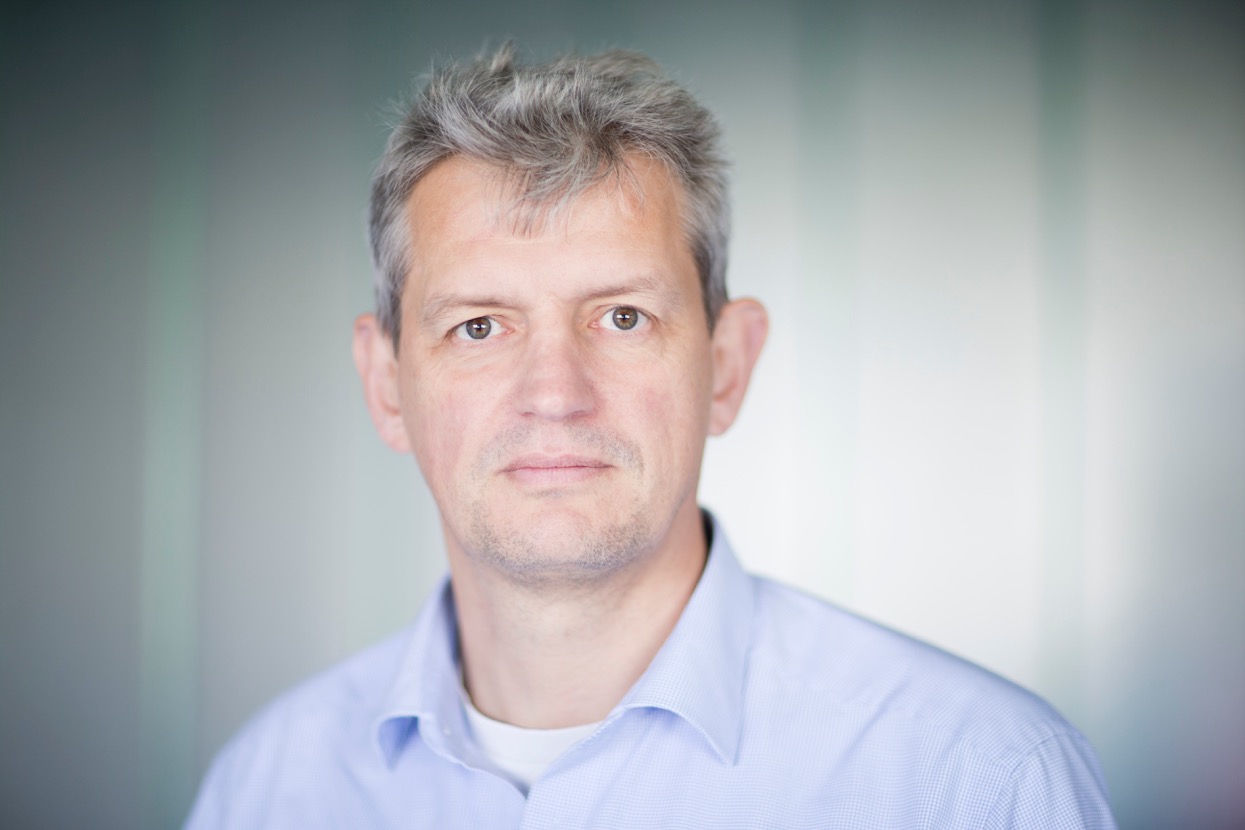
How will it be filtered?
To help combat this and to ensure the water is clean enough from the Spree when it enters the canal, the group opted for a natural plant filter that keeps operating costs low compared to a mechanical filter system that uses a lot of energy. The natural filter can also be used to guarantee flood protection, which in case of heavy rainfall the canal must still be able to divert water from the main flow of the river.
The Spree water will be purified in a reed-gravel filter. Sieker says that these kinds of plant filtration systems have been used successfully for years to treat wastewater and for swimming ponds.
A weir at one end would be able to be lowered in case of flood runoff or to facilitate the entry of ships in the lower end of the canal. It would also take on the function of a ‘skimmer’ that generates a surface current in the bathing area–much like in a swimming pool–to remove floating matter.
Edler and the team that make up Flussbad Berlin e.V. now aim to have the concept developed into a tangible implementation project by the end of 2018.
“The great thing about the project is that it is not about creating an isolated swimming area, it is much more about elevating the issue of a clean river to a new level,” says Sieker. “We should also never underestimate the idea of swimming in such a spot. It is a truly unique experience.”




